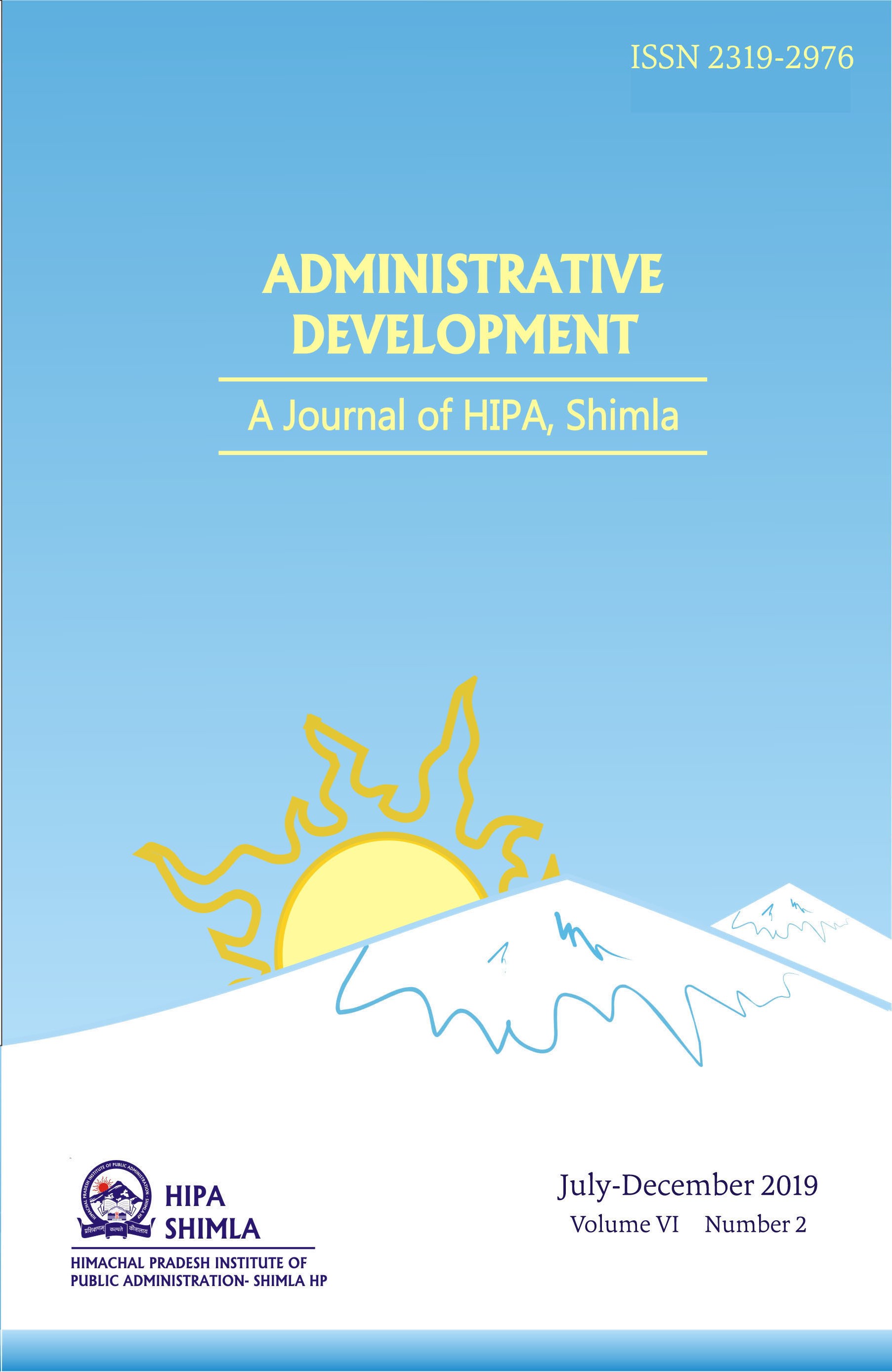OPTIMUM FARM PLANS FOR SUSTAINABLE RURAL DEVELOPMENT IN CHAMBA DISTRICT (Himachal Pradesh)
Keywords:
plough, hilly regions, aspirational, farming, labour, systemAbstract
In the hilly regions, the area under plough is always a cause of serious concern and it is impossible to bring more area under cultivation due to colossal costs involved. Thus, an attempt has been made in the present study to evaluate the farming systems of various regions by taking Chamba district as the study area. Chamba district is miniature Himachal Pradesh which has all the four agro-climatic zones of Himachal Pradesh. Also, Chamba district is listed as one of the backward districts in the baseline ranking of transformation of aspirational districts by NITI Aayog. Stratified two stage random sampling technique was employed for selecting the sample households. The study was based on primary data. Primary data were collected from 160 sample households. Further, the linear programming was employed to develop the optimum farm plans for the study area. Income approach was used for the identification of farming systems. Four farming systems were identified in the study area; cereals based farming system (FS-I), vegetables based farming system (FS-II), livestock based farming system (FS-III) and fruits based farming system (FS-IV). In the optimum plan of FS-I, Returns to Fixed Farm Resources (RFFR) were increased by Rs. 98,637 with borrowing capital limit of Rs. 11,583 and labour employment was found to be 571.31 man days. In FS-II, RFFR were increased by Rs. 89,711 with borrowing capital limit of Rs. 4,263 and labour employment was found to be 558.40 man days. In FS-III, RFFR were increased by Rs. 1,42,471 having borrowing limit of Rs. 51,281 and labour employment was found to be 1140.08 man days. In the optimum production plan of fruits based farming system (FS-IV) the RFFR were increased by Rs. 80,394 having borrowing capital limit of Rs. 6,561 and labour employment was found to be 523.50 man days.

Downloads
Published
How to Cite
Issue
Section
License
Upon acceptance of an article, authors will be asked to complete a 'Journal Publishing Agreement'. An e-mail will be sent to the corresponding author confirming receipt of the manuscript together with a 'Journal Publishing Agreement' form or a link to the online version of this agreement.
Subscribers may reproduce tables of contents or prepare lists of articles including abstracts for internal circulation within their institutions. Permission of the Publisher is required for resale or distribution outside the institution and for all other derivative works, including compilations and translations. If excerpts from other copyrighted works are included, the author(s) must obtain written permission from the copyright owners and credit the source(s) in the article. As a general rule, permission should be sought from the rights holder to reproduce any substantial part of a copyrighted work. This includes any text, illustrations, charts, tables, photographs, or other material from previously published sources.
This journal permits and encourages authors to post items submitted to the journal on personal websites or institutional repositories both prior to and after publication, while providing bibliographic details that credit, if applicable, its publication in this journal.
